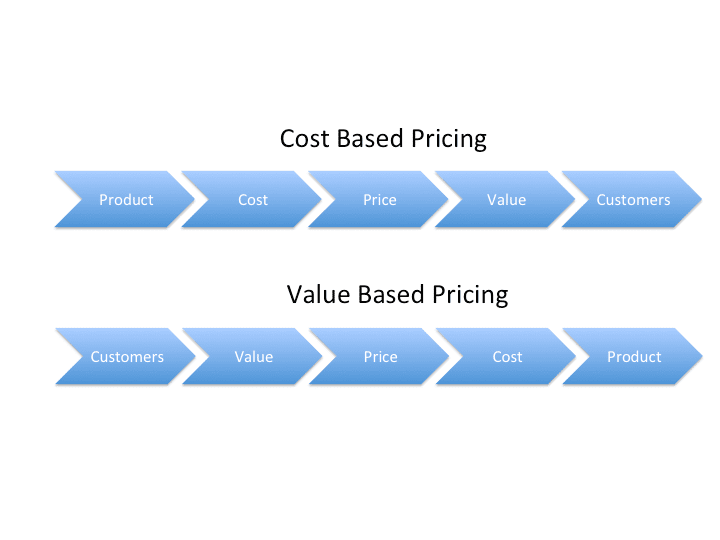

It could be that your customers are willing to pay more for the features that make your product unique.

If you use competitor pricing, you’re basing your prices on your competitor’s target market and niche, not yours. Competing products are similar, but don’t have the exact same audience or value proposition. SaaS businesses usually work to find their own niche. And if you follow the lead of a successful competitor, you’re likely to end up in the ballpark of what customers are willing to pay.īut is your product exactly like your competitor’s? Like cost-based pricing, competitor pricing is straightforward and doesn’t require all the research involved with value-based pricing. You can choose to set a higher, lower, or equivalent price, but in all cases, you’re setting your prices based on the competition. The competitor pricing or competitive pricing strategy means that you set your prices based on what your competitors are charging for similar products. If an accounting SaaS app saves you $5,000 in payroll per month, you won’t scoff at a $300 monthly price point, even if the cost of running the app for you is only $20 or less.Ĭost-based pricing may be easier to implement than value-based pricing, but it’s usually not as profitable for SaaS companies. But what if customers think your product is worth $100? You’ll be losing money by choosing cost-plus.Ĭustomers often value SaaS products well beyond what they cost to make. Using cost-based pricing, you mark that up to a price of $40 to cover some of your other operating costs as well. That might be because it solves a certain problem in their business or a variety of other reasons. They’ll pay more for a product they value highly. The amount that customers are willing to pay has nothing to do with your cost of production. However, cost-based pricing has limitations, especially for SaaS companies. This method of pricing also guarantees, by definition, that you’re covering your cost and also adding a profit margin. It doesn’t involve as much research and analysis as value-based pricing - you just calculate your costs, tack on a “little extra” - typically at least 50% - and you’re good to go. Cost-Based PricingĬost-based pricing, also called cost-plus pricing, involves calculating the cost of producing a product and then setting the price of the product a bit higher than that.Ĭost-based pricing has a few upsides. This sets it apart from cost-based pricing, which focuses on what your product costs to make, and competitor pricing, which focuses on the existing price points in the market. Value-based pricing is differentiated from other pricing strategies because it's exclusively focused on the benefits your product offers a customer. This isn’t because the materials used to create the art or the food were costly - it’s because consumers believe the final product and experience attached to it to be worth a lot. The more your audience thinks your product or service is worth, the more you can charge.įor example, a famous painting or a meal at a fine dining restaurant might come with a high price tag. Value-based pricing, also known as value-added pricing or value pricing, is a method of setting prices based on your customers and how they perceive the value of your product.
COST BASED PRICING VS VALUE BASED PRICING HOW TO
This article introduces value-based pricing and shows you how to create a value-based pricing strategy. Luckily, there’s a way to give your customers what they want for the price they’re willing to pay: value-based pricing. They don't accurately reflect the value that your product brings to your customers. These methods work perfectly for some types of products, but they're not ideal for SaaS. Another is to base your prices on competitor pricing.

One is to determine your price point by calculating the cost of supplies and labor and adding an additional cost on top - what's known as cost-plus pricing. 390-404.You’ve created a unique and valuable SaaS product that customers are sure to love. (2018), "Cost-based price and value-based price: are they conflicting approaches?", Journal of Business & Industrial Marketing, Vol. Researchers have significant misconceptions about these formulas: in previous studies, they classified all price-making companies as those adopting the cost-based price approach simply because they used formulas containing the element cost.
COST BASED PRICING VS VALUE BASED PRICING PLUS
This is the first study that explicitly reveals how B2B companies may set prices based on value while simultaneously preserving the simplicity of cost plus margin formulas. The approach may be cost-based or value-based price. The key contribution of this paper is demonstrating that in certain business environments, such as, B2B, using the price formation mechanics based on cost plus margin is the way found by companies to enable the approach adopted.


 0 kommentar(er)
0 kommentar(er)
